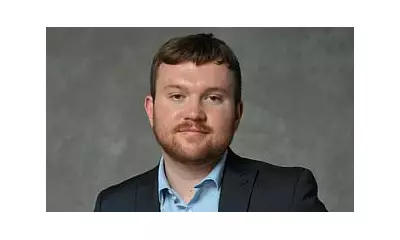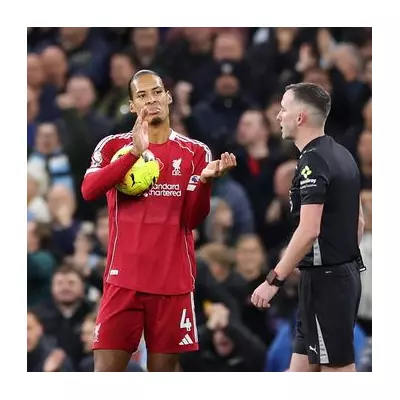
Secret Lists: How Sports Leagues Flag Suspected Drug Users
In a revelation that has sent shockwaves through Australian sport, the National Rugby League (NRL) has been systematically collecting intelligence on players it suspects are using illicit drugs, compiling a confidential list of names for the national integrity watchdog to target for testing.
This controversial practice, also employed by the Australian Football League (AFL), was confirmed in a submission to a parliamentary inquiry by Sport Integrity Australia (SIA). The disclosure raises profound questions about the independence of the testing regime and the relationship between the sporting codes and the regulator they pay to conduct tests.
The Testing Numbers: A Revealing Picture
According to the official information, the AFL provided SIA with a list of 51 players it suspected warranted targeted testing. However, the effectiveness of this intelligence-led approach has been called into question, with the Australian National Audit Office revealing in March that just one of those 51 players subsequently returned an adverse analytical finding.
Despite this low hit rate from the targeted list, broader SIA testing of AFL players did trigger four positive results across 2023 and 2024, indicating that drug use remains a live issue within the code.
The scale of testing in rugby league is even more extensive. SIA collected a staggering 718 samples from NRL players across the same two-year period, more than double the number taken from any other Australian sport. The issue of illegal substances in the NRL was thrust into the spotlight this year when South Sydney Rabbitohs hooker Brandon Smith was charged with drug supply following a Queensland police investigation. Smith has stated he intends to plead not guilty.
MPs Sound the Alarm on Integrity Concerns
The revelation that the major sporting codes are both paying for tests and suggesting which of their own athletes should be tested has drawn sharp criticism from federal MPs overseeing the parliamentary inquiry.
Committee chair and Labor MP Josh Burns responded with alarm during an October hearing, stating, “I feel like that’s a pretty big deal. If the NRL is saying to Sport Integrity Australia, ‘These are the players we’d like you to test,’ that would put a big alarm bell around some of those players.”
Senator Matt O’Sullivan expressed deeper concerns about the potential for the system to be manipulated. He warned that a sports body could theoretically provide a list of low-risk players as a decoy, diverting SIA's limited testing resources away from the real problems. “It could be gamed in such a way that it’s set up as a decoy... I’m not suggesting that that’s what has happened, but it potentially could,” he cautioned.
In defence of the process, Chris Butler, SIA's head of sport operations, stated that the organisation values information from sporting bodies. “We expect that those sports themselves have the capacity to fund that, have the capacity to understand the risk and have the ability to share that with us to inform our testing decisions,” he told the inquiry.
SIA maintains that its officials always make the final decision on who is tested, using a range of factors including performance history, whereabouts failures, and third-party intelligence. The agency confirmed that all 51 names on the AFL's list were deemed to warrant testing under its own independent assessment.
The inquiry was prompted by an Australian National Audit Office report that made seven recommendations to SIA, all of which the regulator has agreed to implement, promising an overhaul of testing in major sports like the AFL and NRL.





